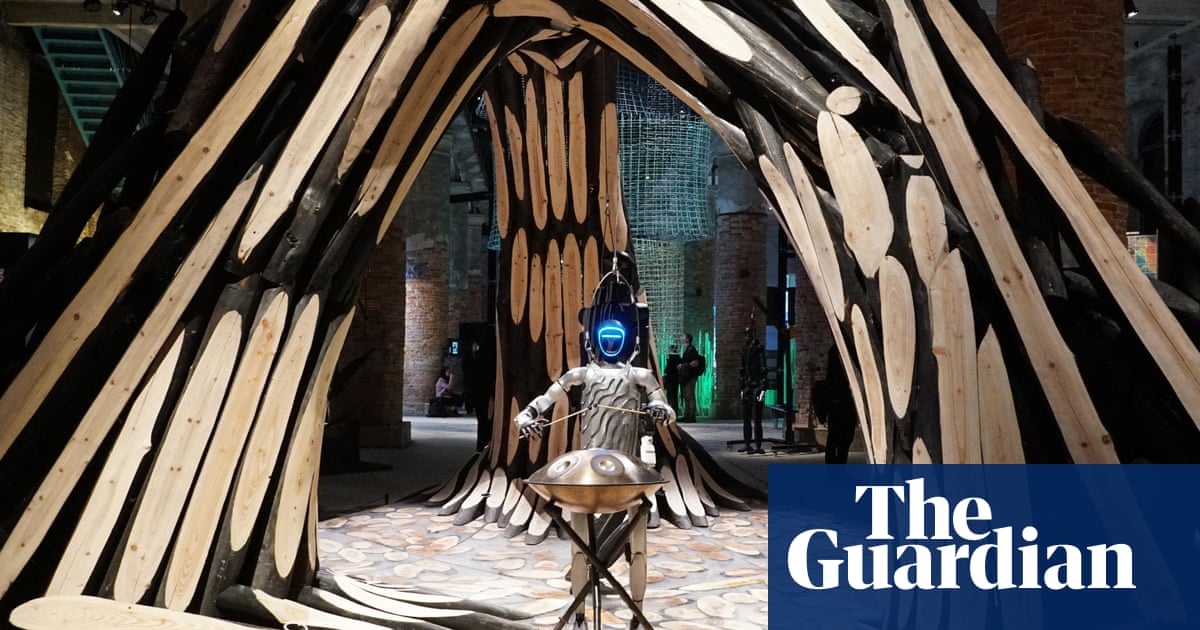Monkeys, clowns, self-portraits, elephants and bottles of alcohol are among the things that could be hidden within the work of Jackson Pollock, one of the giants of 20th-century abstract expressionism, according to new research.
The American painter, who used a “drip technique” to pour or splash paint on to a horizontal surface, once said he stayed away from “any recognisable image” in his work.
But a new study suggests the chaotic patterns contain images Pollock may have been unaware of because of his bipolar disorder.
Published in CNS Spectrums by Cambridge University Press, the paper claims that Pollock’s technique camouflaged “consciously or unconsciously encrypted images”, which they term “polloglyphs”, at the base of some of his most renowned paintings.
It argues that many of the “recognisable images” have parallels with sketches Pollock made for his first psychoanalyst in 1936 at the age of 24, and which the medical professional later sold.
The paper, entitled Do Images in Jackson Pollock’s Paintings – Polloglyphs – Arise from His Conscious and Unconscious, Or Are They All in the Viewer’s Mind? cites Pollock’s 1945 work Troubled Queen.
While, on first glance, the painting looks like a complex mesh of colours and geometric patterns, if rotated by 90 degrees it reveals a “charging soldier holding a hatchet and a pistol with a bullet in the barrel; a Picasso-esque rooster; a monkey with goggles and wine; and one of the clearest images, the angel of mercy and her sword”, the study said.

Psychiatrist professor Stephen M Stahl, who led the research, and his team wrote: “His remarkable ability to hide these images in plain sight may have been part of his creative genius and could also have been enhanced by the endowment of extraordinary visual spatial skills that have been described in some bipolar patients.”
The researchers said it was possible that Pollock’s “bipolar visual perceptions allowed him to develop a unique technique to camouflage images beneath drippings”. They said the mass repetition of the same images made it “very unlikely to be random provoked pareidolia”.
after newsletter promotion
They acknowledged that polloglyphs in later drip paintings were more difficult to see or “decode” from the chaotic layers of thrown paint.
“Ultimately, we may never know if there are polloglyphs present in Jackson Pollock’s famous drip paintings. Nor can we know for sure whether they are merely in the mind of the beholder or put there consciously or unconsciously by the artist,” they said.
The Rorschach quality of Pollock’s paintings has fascinated art lovers for decades, with viewers perceiving many things in them – from scenes of classical mythology to Jungian symbols. In his book Tom and Jack, the art historian Henry Adams claimed Pollock hid his own signature in his 1943 painting Mural.
Jackson would cover entire canvases and used the force of his whole body to paint, often in a frenetic dancing style. His extreme form of abstraction divided critics: some praised the immediacy of the creation, while others derided its randomness, comparing it to the work of a child.
But the painter remains a favourite of the art market. His works fetch tens of millions of dollars at auction, with the most expensive of all, Number 5 (1948), setting a world record when it sold for $140m in 2006.
The artist died in 1956 after crashing a car while drunk.

 3 months ago
40
3 months ago
40













































